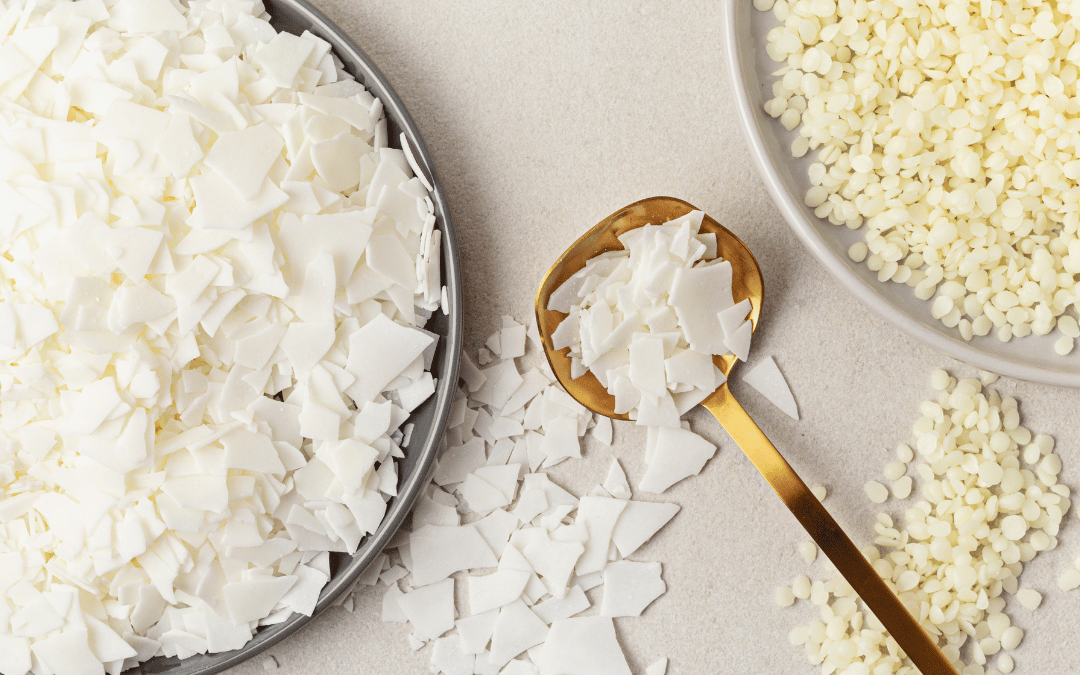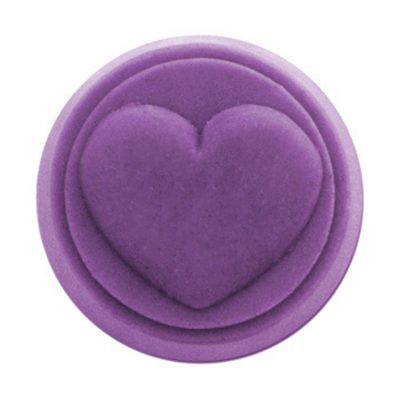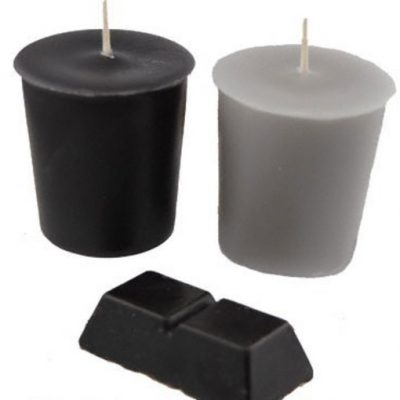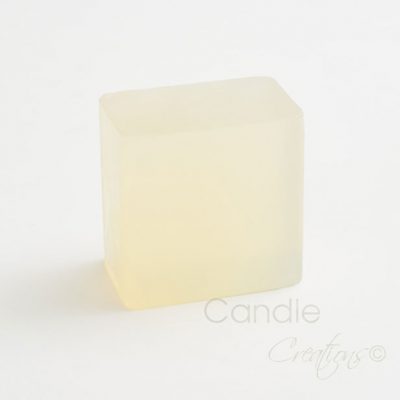Candles have been a staple in homes for centuries, offering warmth, ambiance, and delightful scents. When choosing the right candle, understanding the materials used is essential to making an informed decision. Two popular types of wax used in candle making are paraffin and soy wax. This blog will explore the composition of paraffin wax and compare its advantages and disadvantages to soy wax.
What is Paraffin Wax Made Of?
Paraffin wax is a byproduct of petroleum refining. It is a white or colourless soft solid that is odourless and tasteless. During the refining process, crude oil is separated into its various components, and paraffin wax is extracted as one of these components. It is widely used in candle making due to its low cost and ability to hold colour and fragrance well.
Advantages of Paraffin Wax
Fragrance Throw: Paraffin wax is renowned for its excellent fragrance throw. It can hold a higher amount of fragrance compared to other waxes, which means that candles made from paraffin can fill a room with scent more effectively.
Colour Vibrancy: Paraffin wax readily accepts dyes, allowing for vibrant and varied candle colours. This makes it a favourite for those looking to create candles with bold and distinct hues.
Cost-Effective: As a byproduct of petroleum, paraffin wax is generally more affordable than natural alternatives, making it a popular choice for mass-produced candles.
Disadvantages of Paraffin Wax
Environmental Concerns: Being a petroleum byproduct, paraffin wax is not renewable or biodegradable. Its production and use contribute to environmental pollution and carbon emissions.
Soot Production: Paraffin candles tend to produce more soot when burned, which can lead to indoor air pollution and deposit black residue on walls and furniture.
Potential Health Issues: Some studies suggest that burning paraffin candles might release harmful chemicals, although the levels are generally considered low. However, for those concerned about indoor air quality, this might be a consideration.
Natural Colour: Some paraffin waxes can have a strange colour that is slightly transparent which can be off putting if you are looking for a natural creamy wax colour.
Soy Wax: A Natural Alternative
Soy wax, on the other hand, is made from hydrogenated soybean oil. It is a renewable resource and biodegradable, making it an environmentally friendly option. Here are some comparisons with paraffin wax:
Cleaner Burn: Soy wax candles burn cleaner, producing little to no soot. This makes them a better option for maintaining indoor air quality.
Longer Burn Time: Soy wax has a lower melting point, which means soy candles generally burn longer than paraffin candles of the same size, offering better value over time.
Subtle Fragrance: While soy wax holds fragrance well, its scent throw can typically more subtle compared to paraffin. However, soy waxes such as GW464 have been designed for candles and the fragrance throw that comes off this soy wax is fantastic.
Natural Appearance: Soy wax tends to have a creamy, natural colour and may not achieve the same vibrant colours as paraffin without the use of additional dyes.
Conclusion: Making the Right Choice
Both paraffin and soy wax have their unique advantages and drawbacks. Paraffin wax is ideal for those seeking a strong fragrance throw and vibrant colours at a lower cost, whereas soy wax appeals to environmentally conscious consumers who prioritize a cleaner burn and longer-lasting candles. Understanding these differences can help you choose the right candle for your home, balancing between aesthetics, fragrance, and environmental impact. Whether you opt for paraffin or soy, there’s a candle to suit every preference and need.






